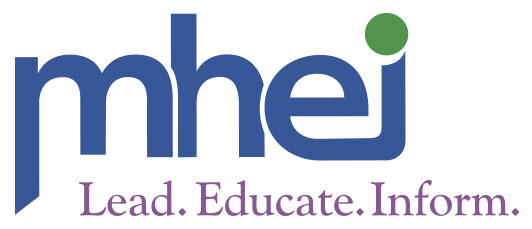Leading is all about “change.” In fact, if leaders don’t initiate change (movement) then, by definition, there is nothing to lead…the best we can do is manage “what is.” Which means that leaders not only need to understand how to deal with resistance to change (what I believe is a management task) but they need to fully understand EVERYTHING about change that is possible to know. Think about it. If change is what defines a leader then why shouldn’t we, not only be knowledgeable but – be the expert!
There is much to know about change in general, how people react to change and, what makes change possible/likely. To think like a leader means being able to create change on a regular basis. Whether it is a minor change in a procedure that will make the operation more efficient or a major change in focus or direction, the leader must be willing to initiate changes that help the organization succeed. Too many so called leaders prefer to leave change to others higher up in the organization and just manage the aftermath of the change. Putting the “bulls-eye” on their back to create a change that nobody else has called for seems foolish to these individuals.
However, I would say that is the difference between being a leader and being a follower (who might have the title of leader). Healthcare seems to be filled with many individuals who have the title of leader but who would prefer to remain in the background, only reacting to change when absolutely necessary. However, I would posit, that those individuals are not what is needed in healthcare today. In fact, what we need is quite the opposite.
Thinking like a leader in regard to change means to first learn everything we can about change. Next, it means to look at everything we do and that affects our operation and to imagine what it would be like if it were different. Then, it means bringing staff into the discussion, sometimes as a group and sometimes as individuals. Talking about overall change or discussing a specific change on a regular basis does more than just figure out ways for change to happen. It also helps by gearing staff up for change, for seeing change as something they, we all, are responsible for. And, it shows that change is constant. That implies that we should expect it as part of our regular work day, not an anomaly and, that we all should become experts on change. Somehow I believe this last message has never taken hold for most managers/leaders. Perhaps it is because most managers/leaders are intimidated by change themselves and are relieved when the change (and all the resistance) has passed. But how many leaders actually “teach” change management to their staff? How many leaders see understanding, dealing with and even embracing change as a competency that all workers should have?
When we think of all the work we have to do, all the changes in the environment that will necessitate a change in our operations, it’s hard not to think of change as an everyday issue – something to work with or, at least, consider. And if we wish to be good to our organization and to the people who work with us, why wouldn’t we want them to be armed with all the information and skill they can possibly have in initiating and dealing with change? In fact, by building everyone’s competency on this I would suggest we are, once again, leveraging the one asset that will make the most difference in our quality, safety, satisfaction and engagement results. It is us and the staff who work with us where the greatest capacity for improvement lies. Thinking of change in this manner helps us to realize more of that power.
Mark Rulle is President of the Maryland Healthcare Education Institute.

